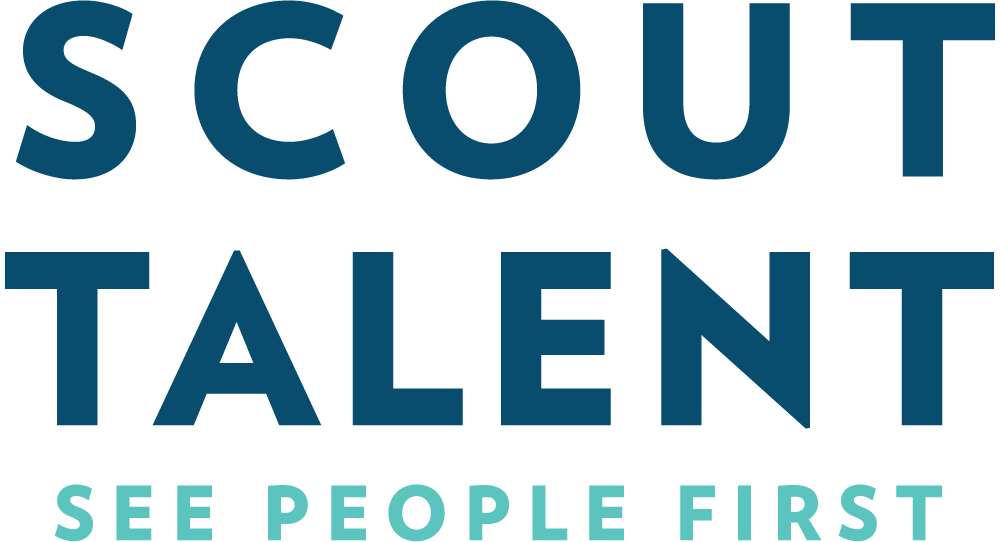The labor market is tight, and there are more jobs available than good candidates. Can your organization afford to try the same recruitment tactics again and again, hoping for a different result? You must think outside the box and try new, proactive hiring tactics if you hope to entice great talent to your teams. One way you can do this is by pivoting to skills-based recruitment and widening the scope of your talent pool. Let’s unpack what you’re currently doing, and how you can make small improvements to attract many, many more candidates to your roles.
Why aren’t my current job ads attracting candidates?
It depends heavily on your internal recruitment process, and the resources you have available, but there may be a few factors in play:
- Unicorn candidates: You might be advertising for a unicorn candidate. That’s someone who offers a long list of your “must haves” and an even longer list of “desirable traits”. The unicorn candidate that everyone is looking for.
- Cookie-cutter candidates: You might be advertising for a very traditional cookie-cutter candidate suited to your role. Your job ad might be going through the motions, telling a story that’s indistinguishable from your competitors, and excluding non-traditional candidates from the get-go.
- Degree inflation: You might be immediately disqualifying candidates without, for example, a bachelor’s degree, who may otherwise have the required skills for the role. You might even be requiring a bachelor’s degree for a role that does not necessarily require one or didn’t previously. This is called degree inflation. Candidates can acquire skills through work experience, online learning, formal training, mentorship, and more. Similarly, soft skills like critical thinking and effective communication aren’t strictly gained from university degrees.
Underselling your openness to diverse candidates from a range of backgrounds and work experiences can seriously harm your recruitment efforts. Your vacancy is likely to stand unfilled for longer, resulting in more and more lost productivity, and more time and money poured into advertising the same old requirements with no real results.
What should my candidate requirements be?
We won’t claim to know what makes the perfect candidate for your organization (at least not without consultation with our talent acquisition team). But tradition tells us that you’re probably looking for the following, in order of priority:
- Experience first. This includes how long someone has worked in a similar role, and in a similar industry. It includes whether or not they have worked with specific software or systems, where they were educated, and how long they stayed in their previous role(s).
- Skills next. This includes the person’s specific abilities and technical skills, outside of their experience level. For example, whether or not someone knows how to program in Javascript, has undergone leadership training, or is really good at building relationships with people.
- Potential, sometimes. This is the slightly more subjective side of hiring, where a person is evaluated not on who they are now, but on who they can be. Some of this may be based on their data, but hiring managers also look for intangibles like intelligence, likeability, cultural fit, and energy when hiring for potential.
Typically, applicants are evaluated in that specific order: experience, then skills, then potential. While all three have a place in the hiring process, it may be time to reconsider your approach:
- Skills first.
- Experience optional.
- Potential, always.
How can skills-based recruitment help me hire?
The specific role and industry you are recruiting for will affect the effectiveness of this recruitment tactic, but for most organizations, there is no downside to skills-based recruitment.
(We are not suggesting that medical doctors should be evaluated on skills first, Doctor of Medicine qualification second. You’d do well to prioritize both in this case).
But, many organizations will see an improvement in their recruitment results when adopting a skills-first approach. Here are some of the ways:
Focuses on job-relevant skills:
A skills-based recruitment process aims to identify the skills needed for a particular role and assess candidates based on their abilities to perform those skills. Credentials do not necessarily impact a candidate’s ability to perform a skill.
Widens the talent pool:
Only around 23.5% of Americans hold a Bachelor’s degree or higher. That’s nearly the workforce being overlooked based on something that might not impact their ability to fulfill your role! Skills-based recruitment widens the talent pool by enabling your team to consider candidates from diverse backgrounds and experiences.
Reduces bias:
Traditional recruitment methods can be biased towards candidates from certain backgrounds or with certain experiences. For example, candidates with high socioeconomic backgrounds typically gain an educational advantage, and therefore certain learning and working experiences that privilege them for employment, which sets back candidates from low socioeconomic backgrounds who might not have had the same learning opportunities. By focusing on skills, you can reduce the impact of unconscious biases that may influence your hiring decisions.
Improves retention rates:
Hiring candidates based on their skills ensures that they are a good fit for the role, which can lead to higher retention rates. This is because candidates who possess the necessary skills are more likely to be engaged and successful in their roles.
How to write job descriptions for skills-based recruitment
Start by reviewing each of your job ads and job descriptions to identify the skills required for each role. Carefully review which roles actually require Bachelor’s degrees, for example, and which can be completed with a combination of hard and soft skills.
It also helps to state in your job ad that your organization is willing to consider candidates without formal qualifications or experience in the precise role, as long as the candidate can offer transferable skills, nontraditional learning experiences, or comparable work experiences that demonstrate their ability to fill the role.
Creating tailored job ads backed by an all-new approach to recruitment can be quite the undertaking, so be sure to leverage these job ad copywriting tips to get started, and lean on our talent acquisition team for support if you need it.







